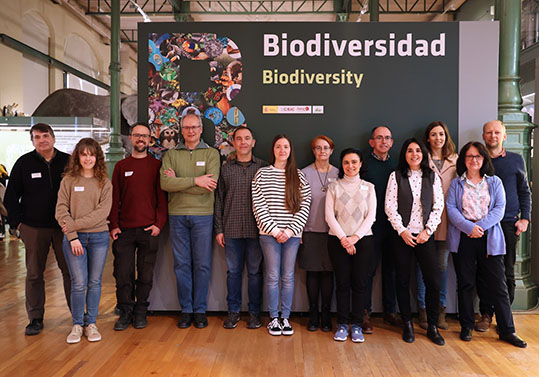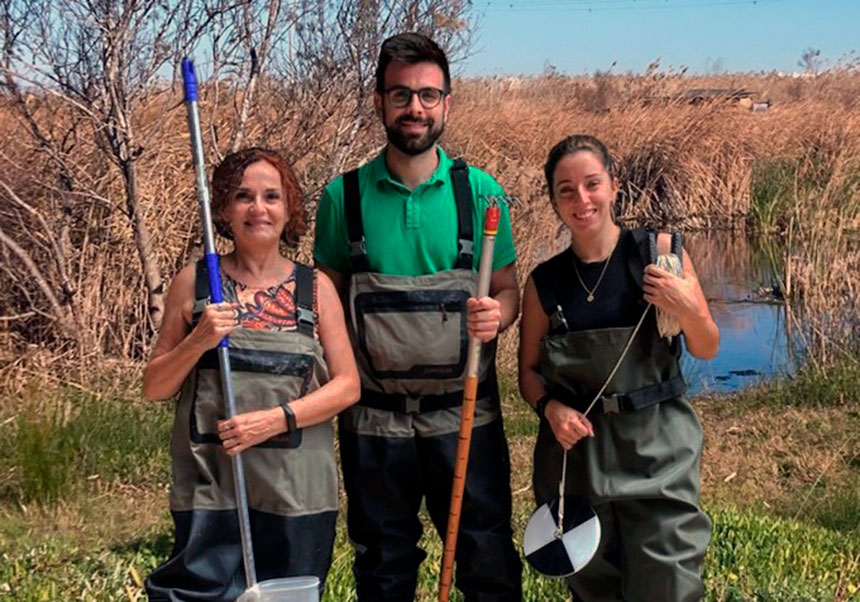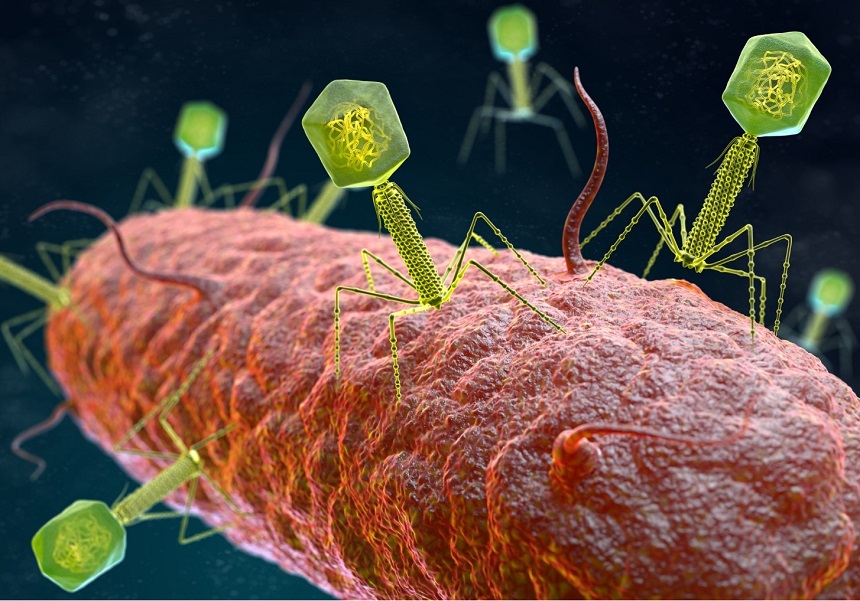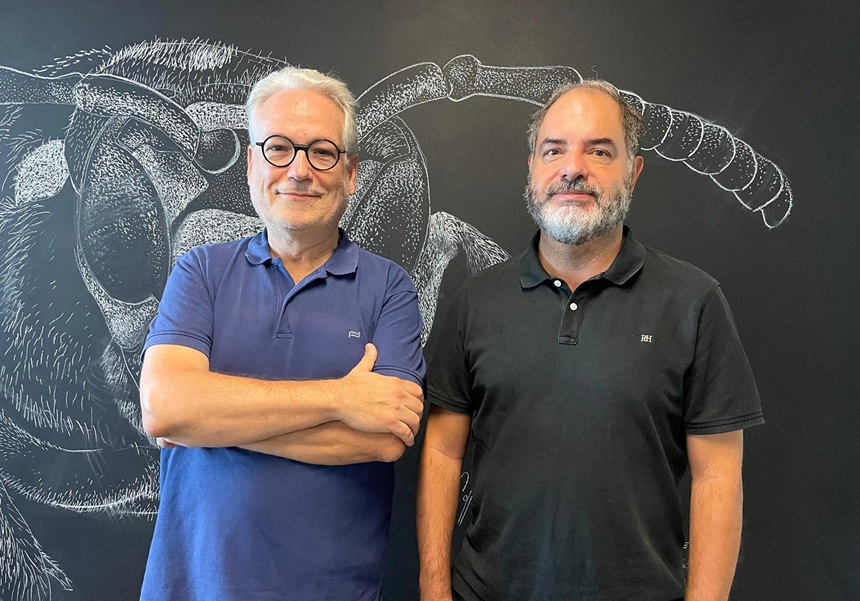The Universitat participates in an European project with the aim of creating a reference collection of pollinating insects
- Press Office
- December 16th, 2024

The Natural History Museum of the Universitat de València (MUVHN) will digitalise its pollinating insects collection, will coordinate the localisation of relevant collections in Spain and will analyse changes in the distribution and density of the pollinators, which are key factors to understand their evolution and the role they play in biodiversity and agriculture.
The Universitat de València (through the MUVHN), together with the Complutense University of Madrid, the University of Navarra and the Museu de Ciències Naturals de Barcelona, will work on the project INC-STEP, an initiative for creating a National Reference Collection of Pollinators in Spain. This project is funded by the programme Horizon Europe, included in the call TETTRIs and coordinated by the National Museum of Natural Science (MNCN-CSIC). It is a collection of national reference, pioneer and accessible of these insects.
The project focuses on six key groups of pollinating insects (diurnal butterflies, hoverflies and bees/bumblebees) and it includes tasks as taxonomic revision, digitalisation of the collection, and the development of tools to identify and analyse deficiencies on the existing collections. Moreover, open access to virtual collections will be promoted, what benefits scientists and also general public if they need to do a consultation.
In total, the institutions that form part of the project own more than seven millions of insect specimens, which are guarded by staff specialised in entomology and studied by a wide range of specialists.
New tools and open access
Apart from doing the taxonomic revision of the specimens, INC-STEP will analyse the taxonomic and geographical deficiencies on the existing collections and will develop innovative tools to facilitate the access and incorporation of specimens of additional public or private collections.
Among the innovations of the project, we can find the digitalisation of the collections and specimens to create virtual collections that are accessible from the internet. These tools will allow the access of scientists and general public to essential information about pollinators in a more efficient and effective way. In addition, there will be courses of identification, and they will create identification sheets to allow the identification of the species of the main pollinator groups selected for the project.
These resources will be specially convenient for differentiate between species that are very similar and that need specialised bibliography in order to be classified. Moreover, Spain, being the country with the higher number of Key Biodiversity Areas of the Mediterranean, houses an elevated proportion of insect species included in the international red list, many of which are endemic.
The work of the Universitat and practical applications
The Universitat de València, through the MUVHN, participates in this project as the responsible of the custody and management of the entomologic collections of the institution itself. The MUVHN has specialised technical staff to guarantee the conservation and investigation of these scientific collections. Within the framework of the project INC-STEP, the museum will digitalise all its collections of pollinating insects and will contribute in the development of specific tools for their identification on a taxonomical level.
Additionally, the MUVHN will coordinate the necessary actions to locate and manage other Spanish scientific collections that could have relevant material regarding these insect groups, providing data and key representative specimens for the project. This information is very important to evaluate the current state of the principal groups of pollinators and to analyse its evolution in the course of recent years. Changes on population densities, as well as the spatial and altitudinal distribution of these insects, can provide information about the future dynamics of the pollinators. It must be recalled that these organisms play a key role on crops fertility and in the maintenance of the biodiversity of the ecosystems.
More information:
















